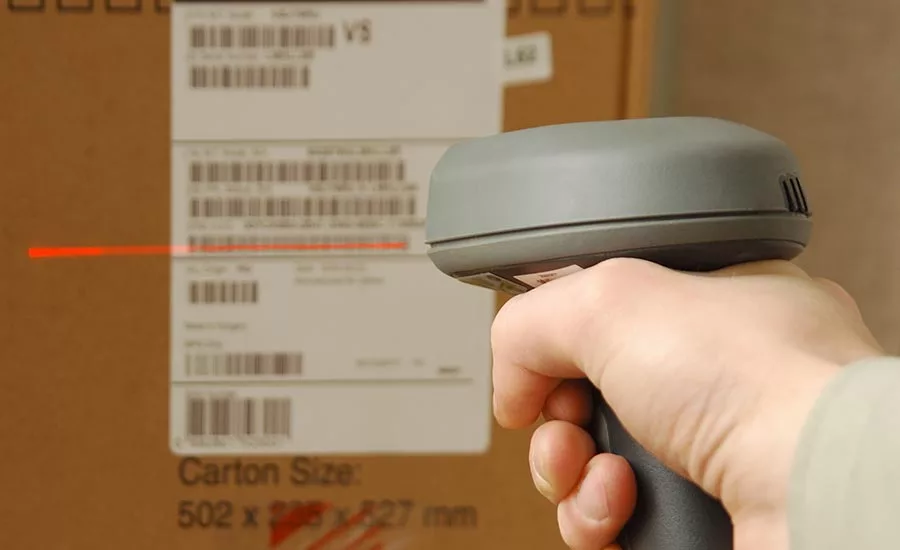Food Packaging
Anti-Counterfeit Solutions Increasing in Use

Anti-counterfeit solutions will increase in use through 2026, according to a report by Smithers. Photo courtesy of Getting Images / UltraONEs
A new Smithers report, The Future of Anti-Counterfeiting, Brand Protection & Security Packaging to 2026, show demand for anti-counterfeit technology, including track and trace, tamper-evidence, product authentication and others, will reach $3.25 billion in 2021. The pandemic is contributing to an accelerated forecast compound annual growth rate (CAGR) of 5.6% for 2021-2026, yielding a total market value of $4.26 billion in that year.
This study finds that demand will continue to grow even in Europe and North America, which are largely static markets for standard packaging.
In 2020, the global pandemic and the rise of e-commerce selling led to a rise in fake goods. In cosmetics and personal care, for example, there are reports of a 56% increase in counterfeit products sold via online channels.
As well, fears over shortages of medicines, pharmaceuticals and now vaccines in many regions have led to a greater availability of counterfeit goods, against which consumers need protection. This is increasing the use of anti-counterfeiting solutions; including more interest in mandated track-and-trace schemes from governments.
Smithers’ analysis tracks the value of individual components within these changing and increasingly digitised supply chains. Over the next five years it forecasts:
- A surge in demand for printed coding (such as QR codes), RFID circuitry and covert taggants used in traceability systems
- Further use of specialty inks and diffractive optically variable image devices (DOVIDs) in product authentication
- The fastest growing tamper-evident components will be blister packaging, film wrap and security-grade high-strength adhesives; but overall the segment will grow at below the market mean
- The slowest growth will be seen in anti-theft technologies, reflecting the reduced use of physical retail over the forecast period, and a transition to more digital technologies
- While consumer segments are a focus for legislators, the business threat of counterfeit parts will make industrial goods—already the second largest segment—the fastest growing application through to 2026.
Looking for a reprint of this article?
From high-res PDFs to custom plaques, order your copy today!









